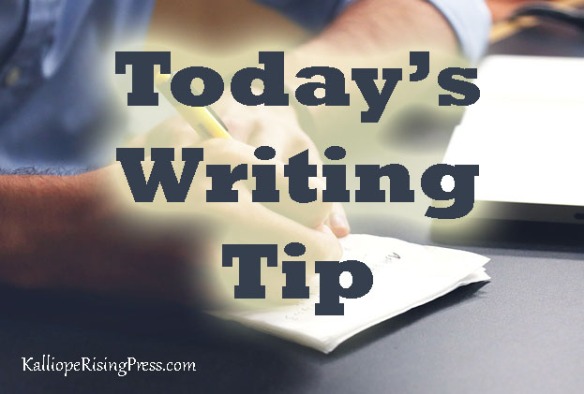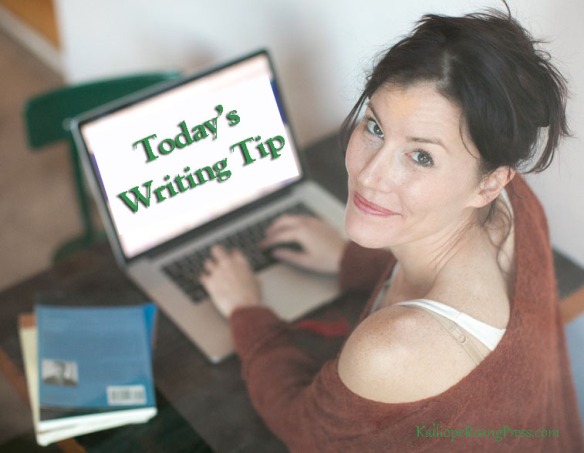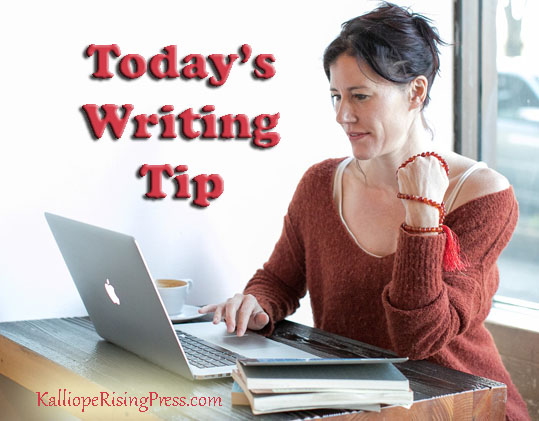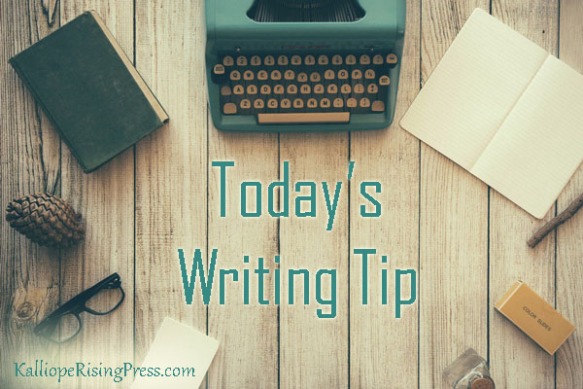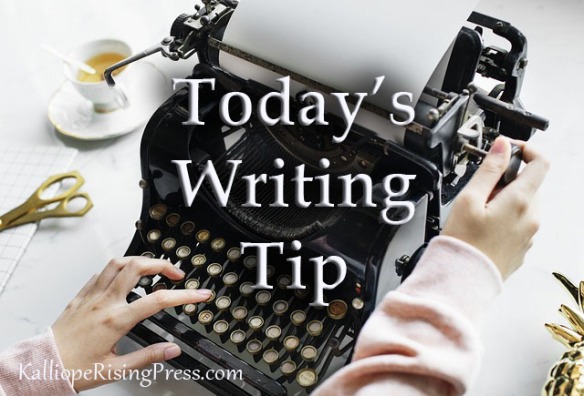
Read a variety of books and genres, those written by those more skilled than yourself as well as those less skilled. You can learn something from both. Sometimes the glaring errors of most amateur writers call attention to some silly thing you do yourself, but have been blind to. It also allows you to see how far you’ve progressed. To paraphrase a favorite quote, “No book is ever wasted. You can always serve as a bad example.”
However, it’s important to read well-written stories as well. A steady diet of poorly written stories may help you identify pitfalls so you can eliminate them, but that alone won’t make you a better writer. If anything, it will make you a frustrated reader. Nothing takes the joy out of a good story faster than when it’s poorly written.
Believe it or not, you can pick up a certain amount of writing skill by osmosis, simply by repeatedly exposing your brain and subconscious to strong writing. However, a well-written story that flows well sucks you in, but you probably would have a hard time explaining why it worked. It’s a lot easier to see something that doesn’t work when you trip over it. But you’d be surprised how you can assimilate those skills.
As with so many things, variety is the spice of life.



